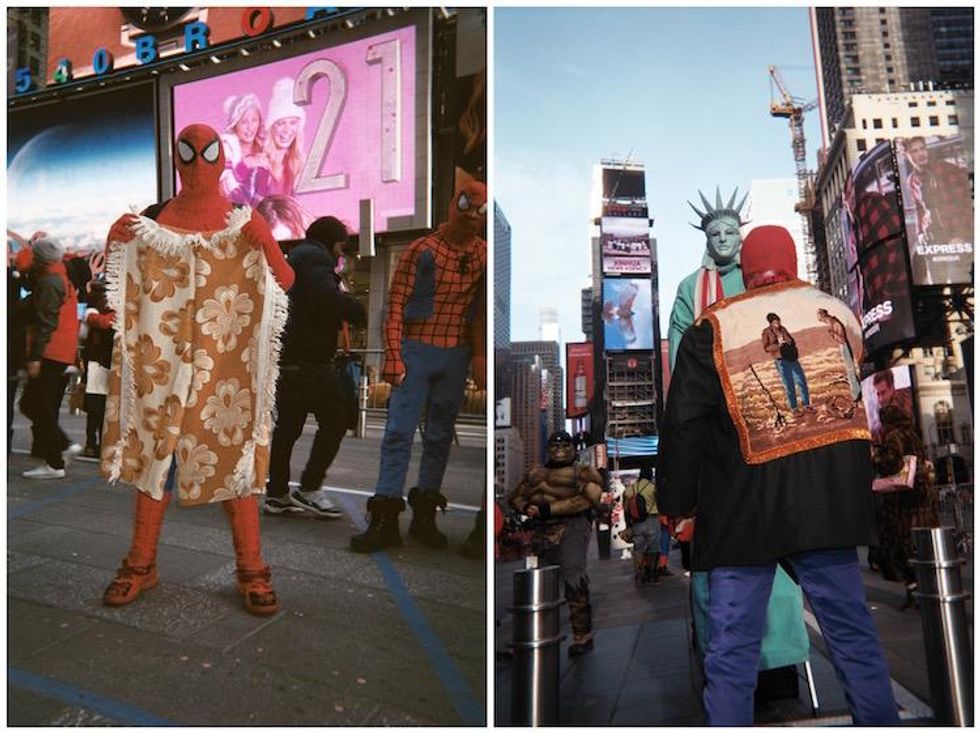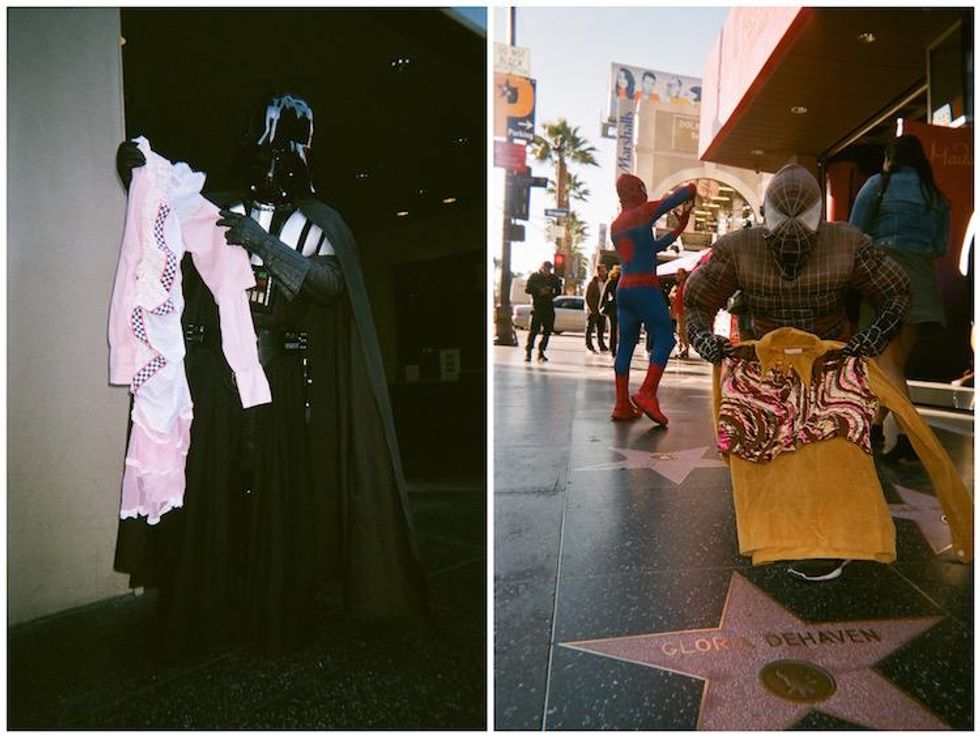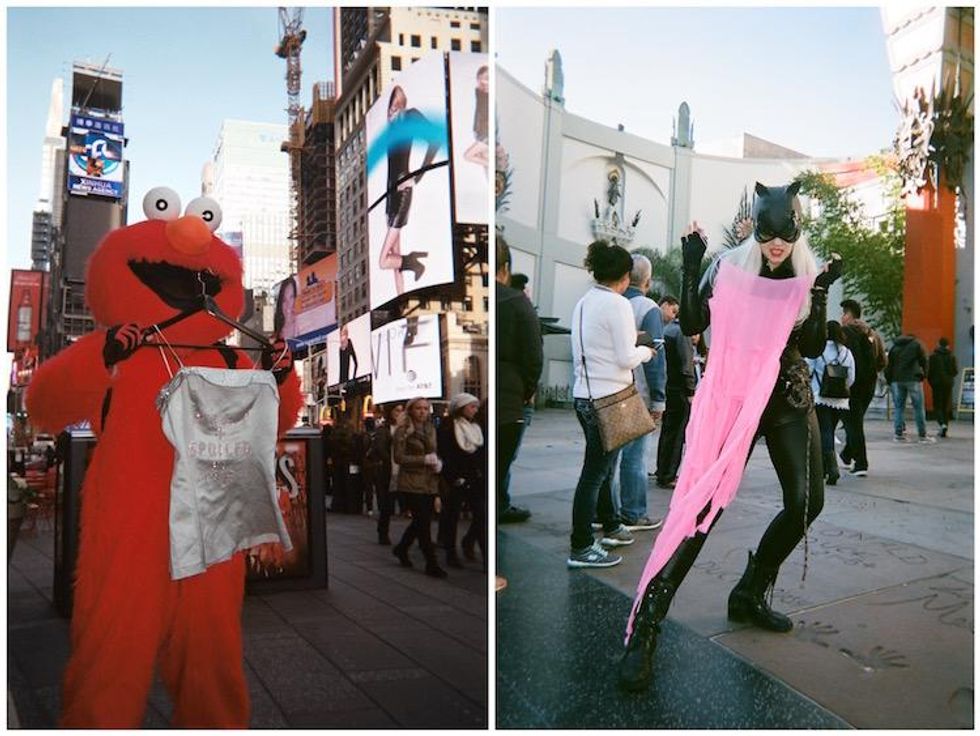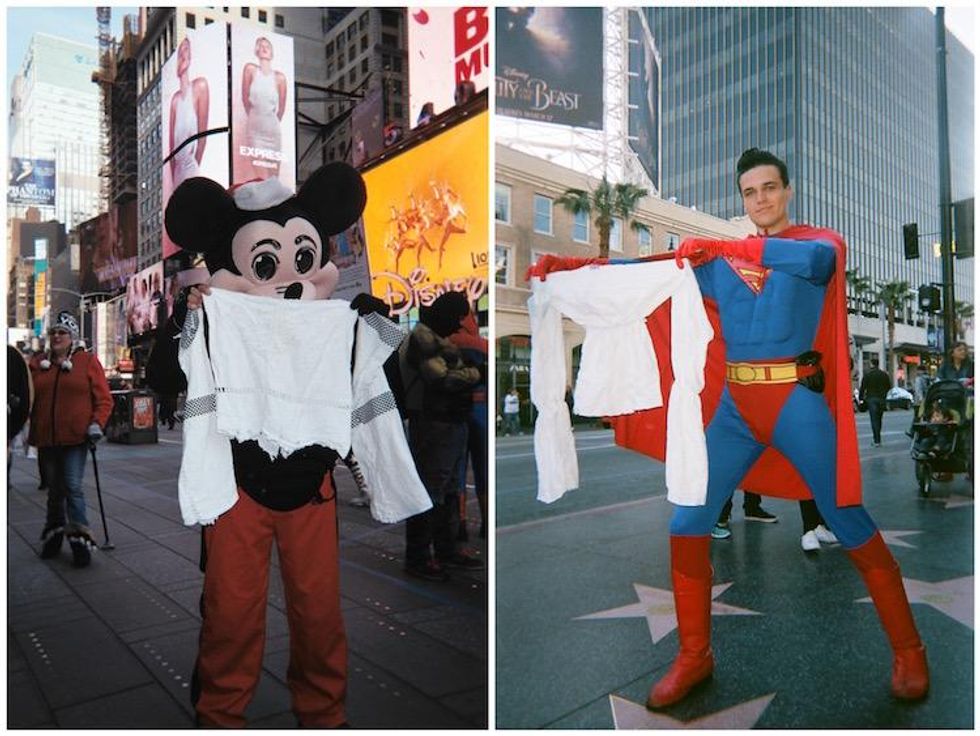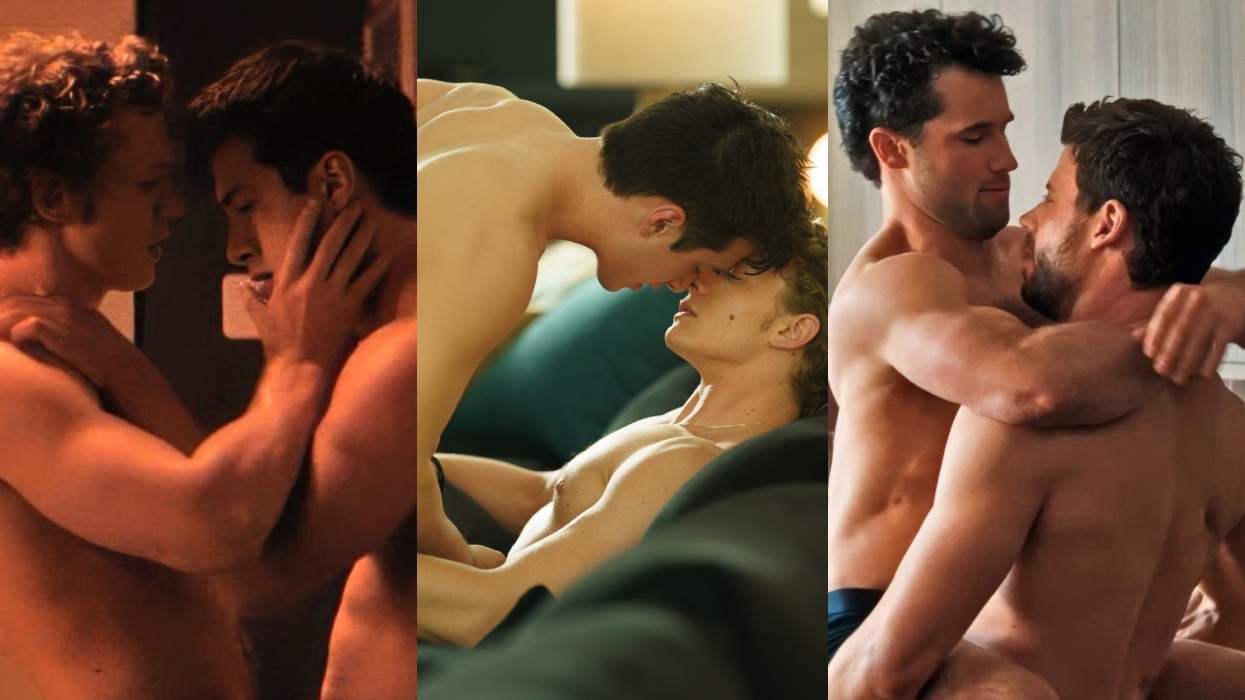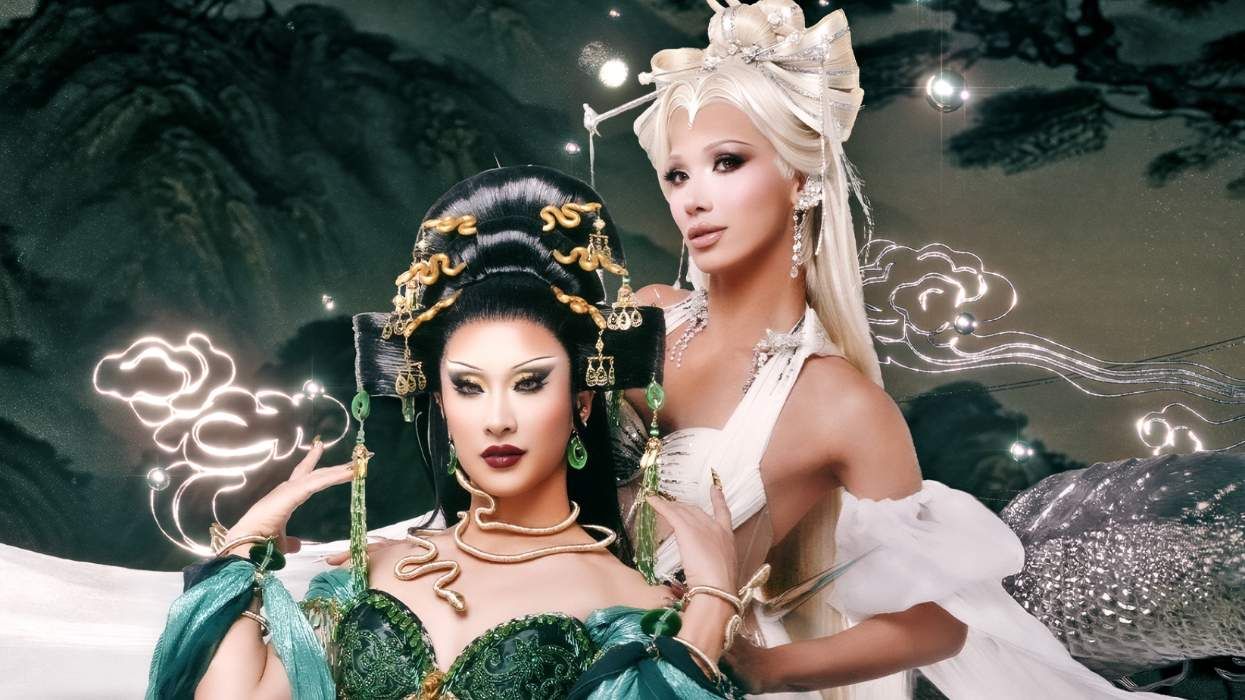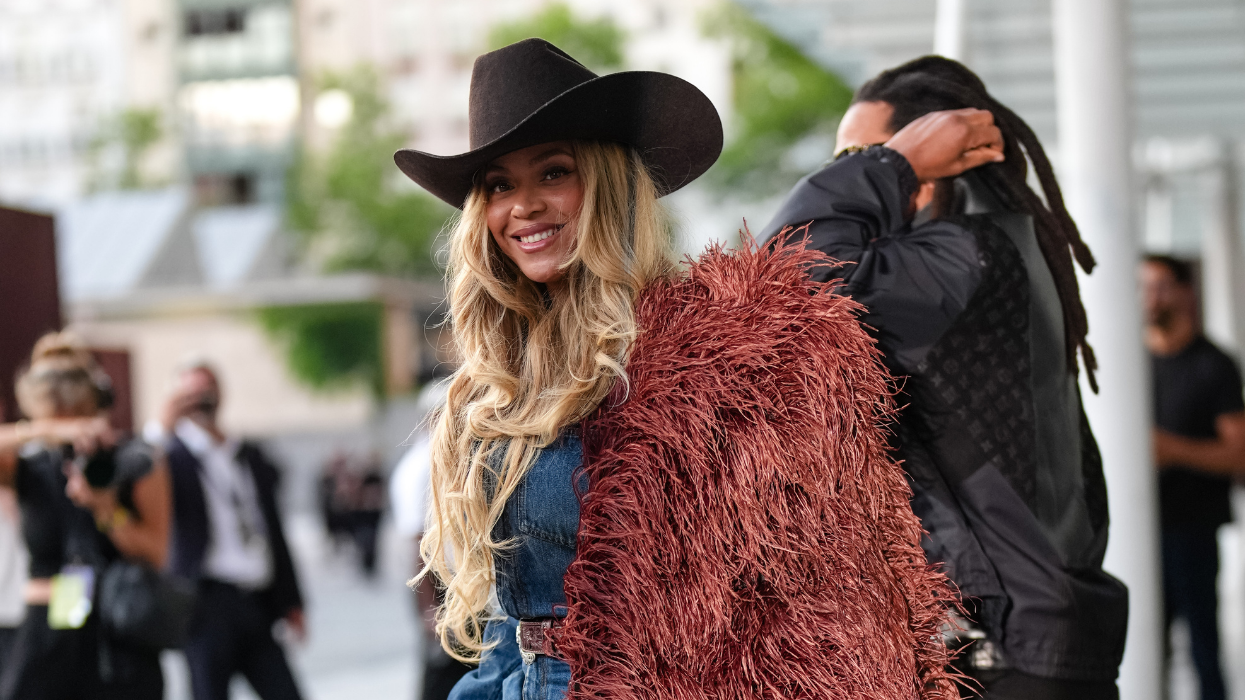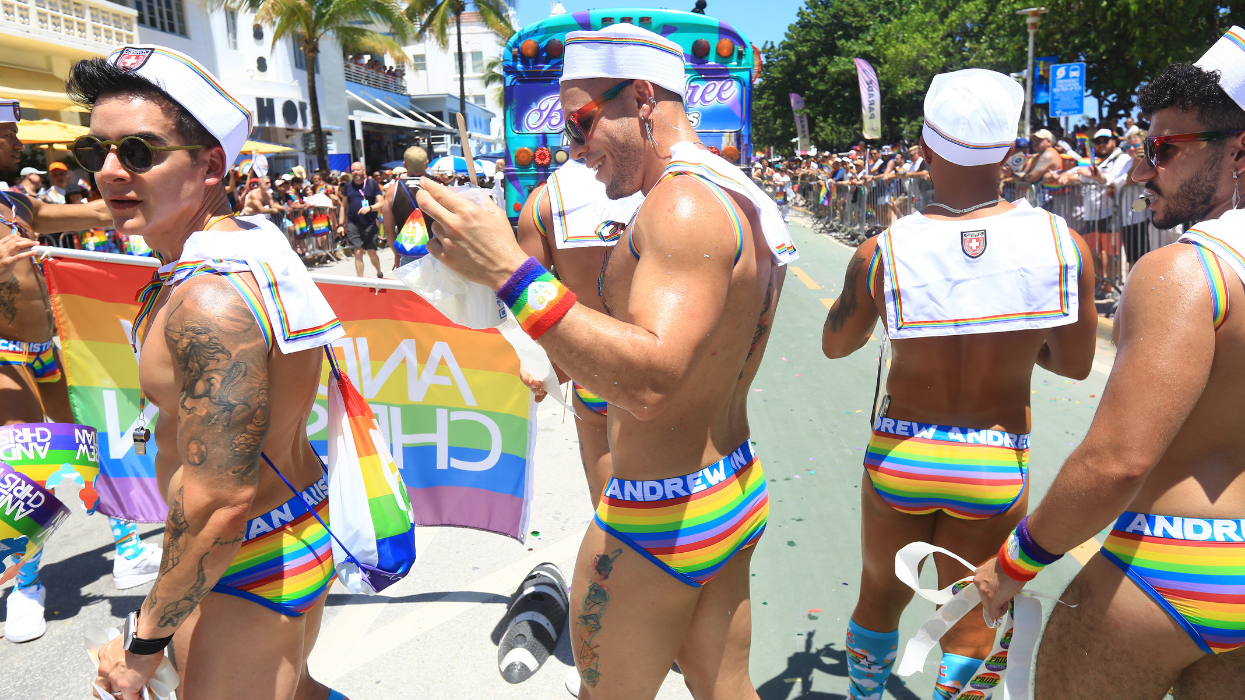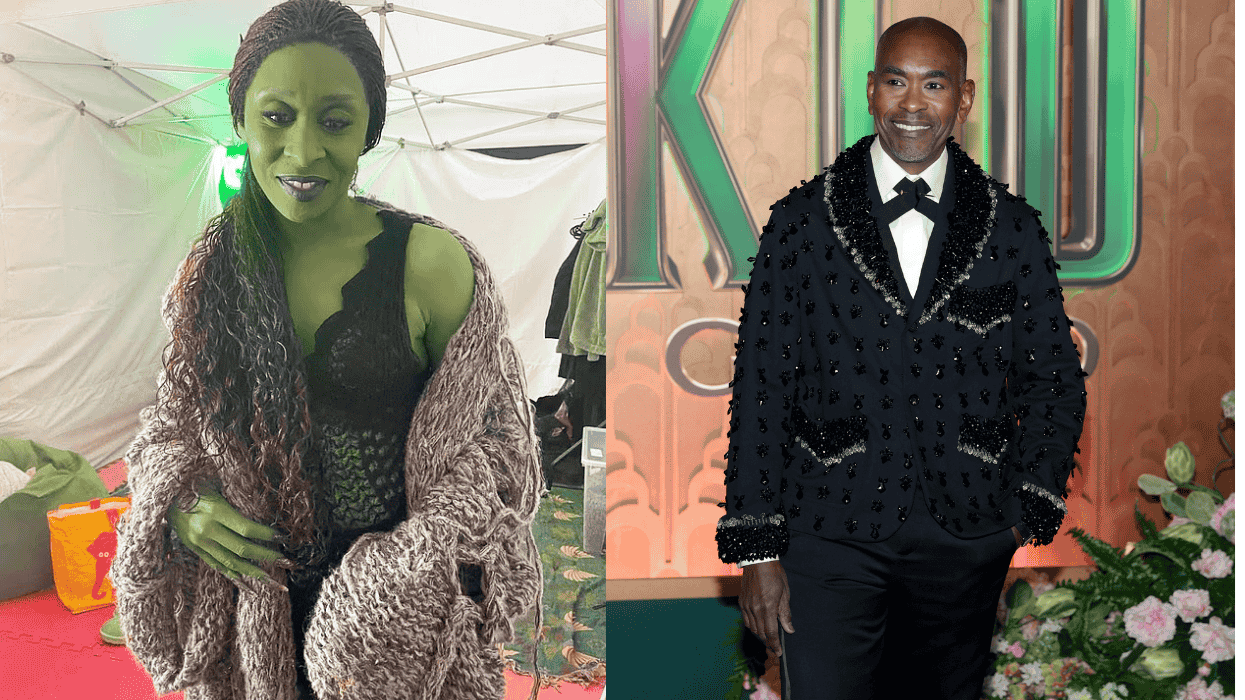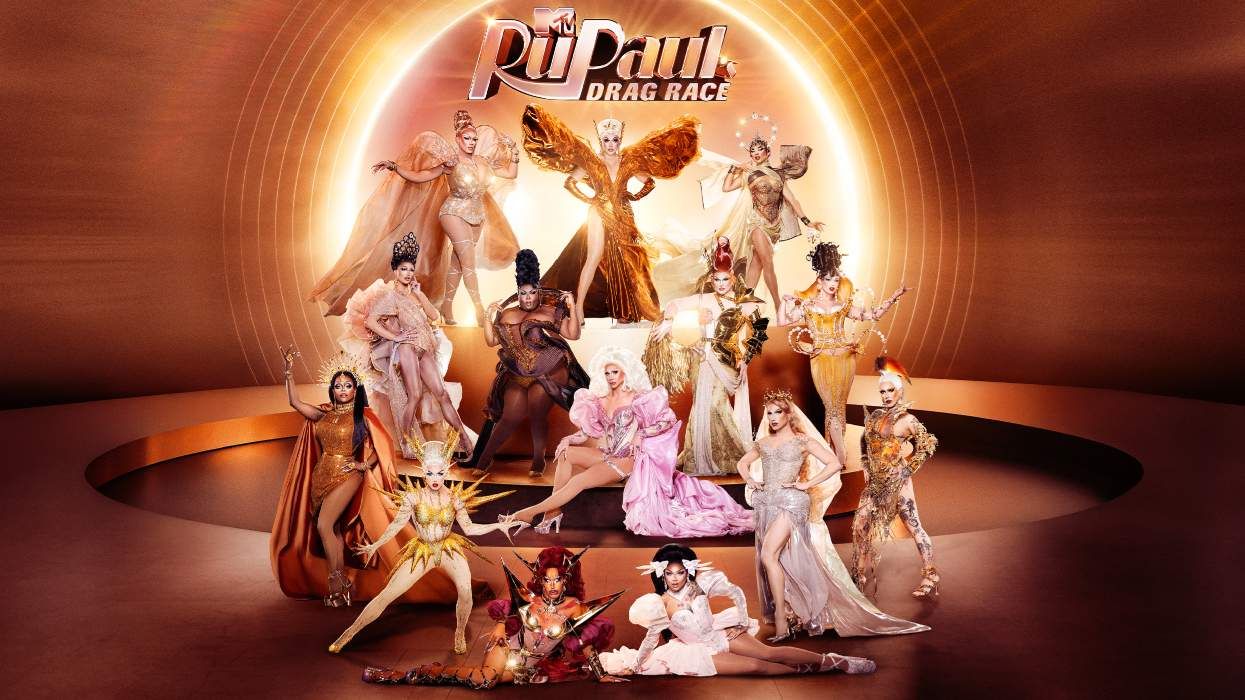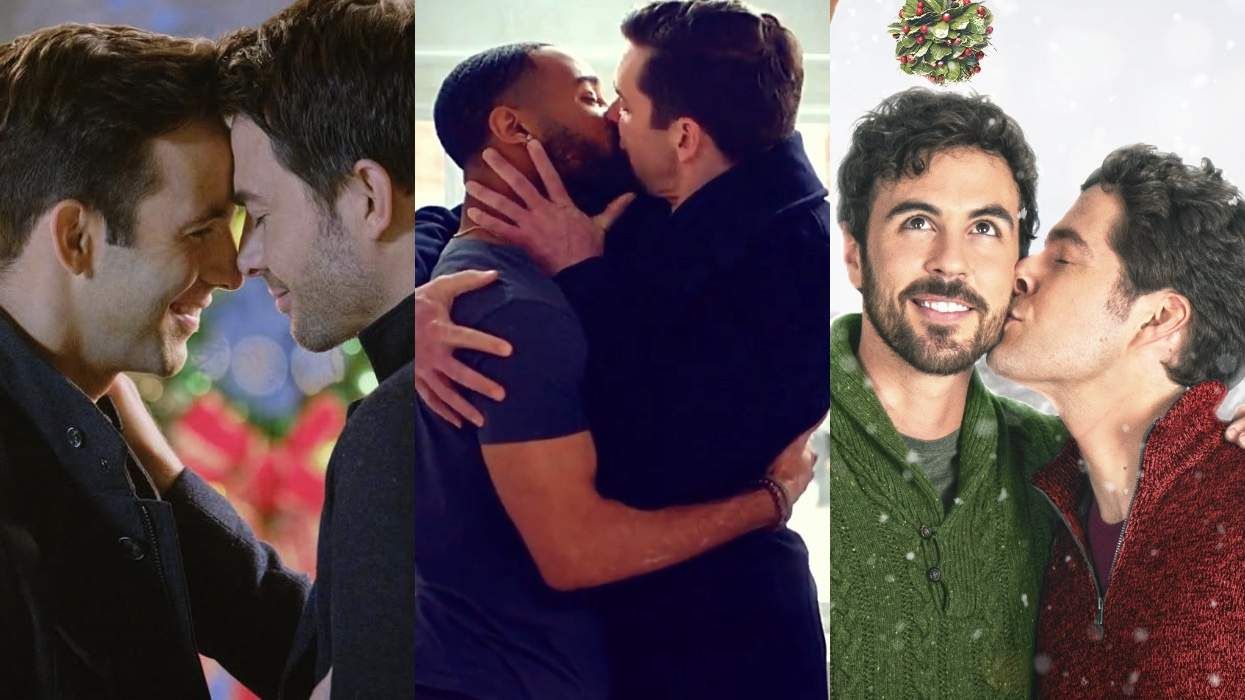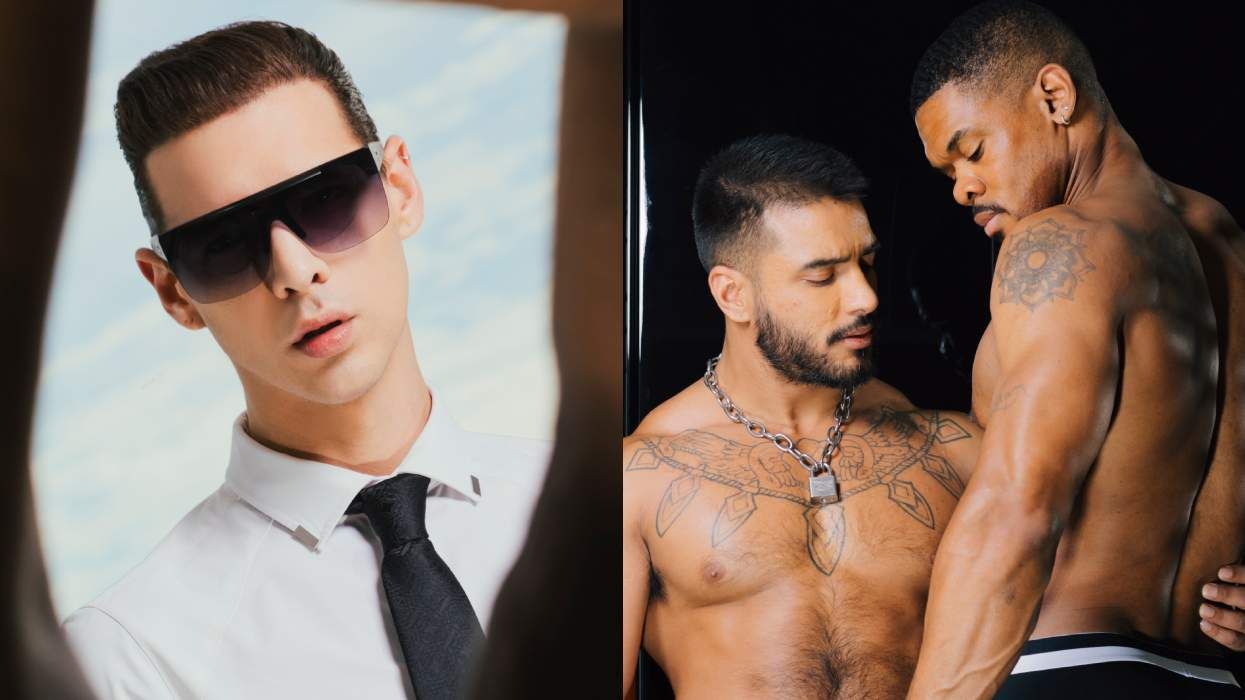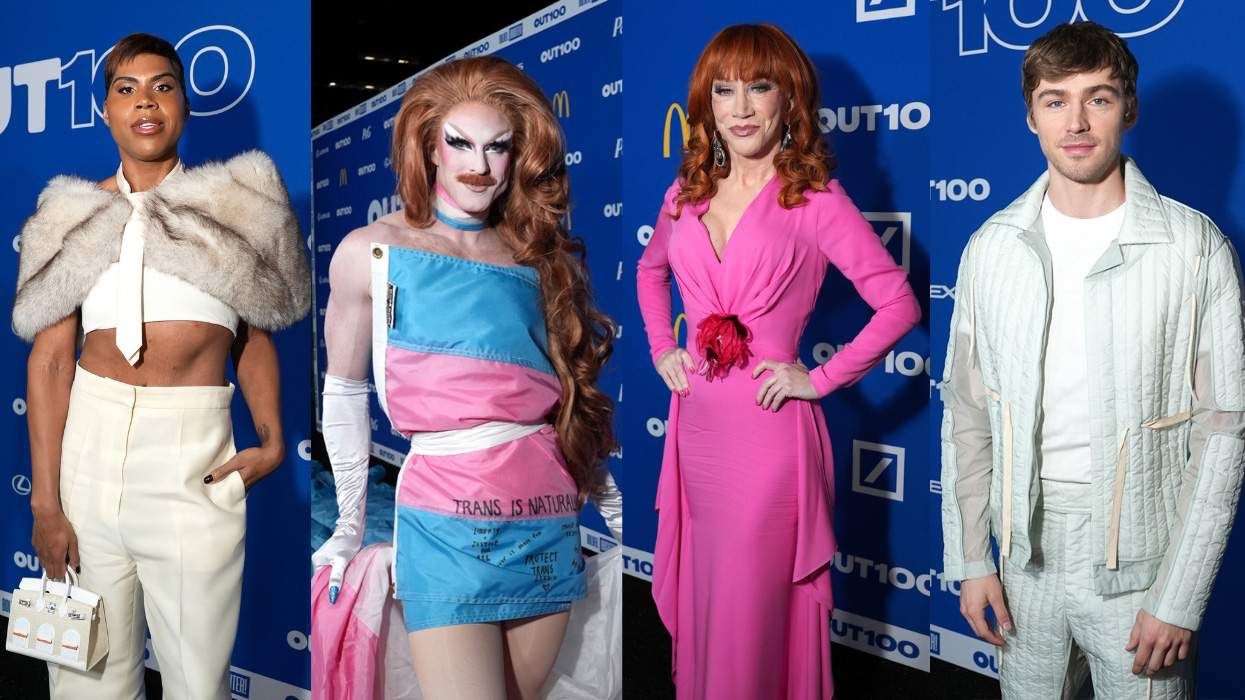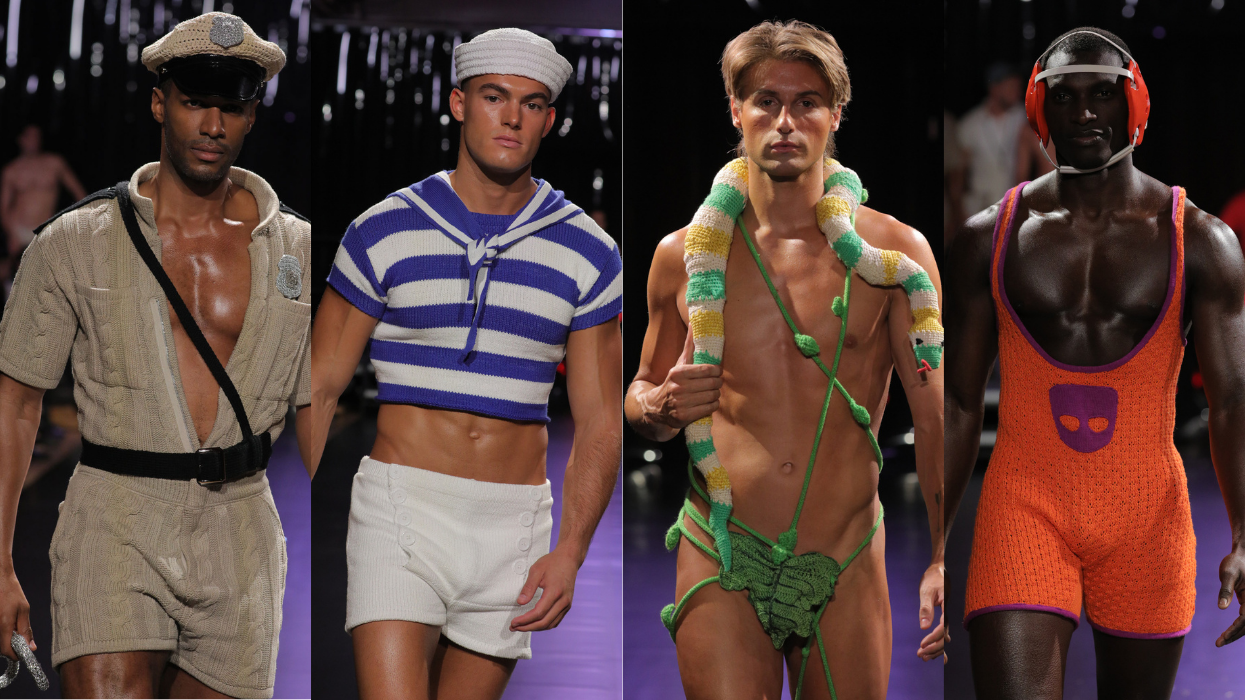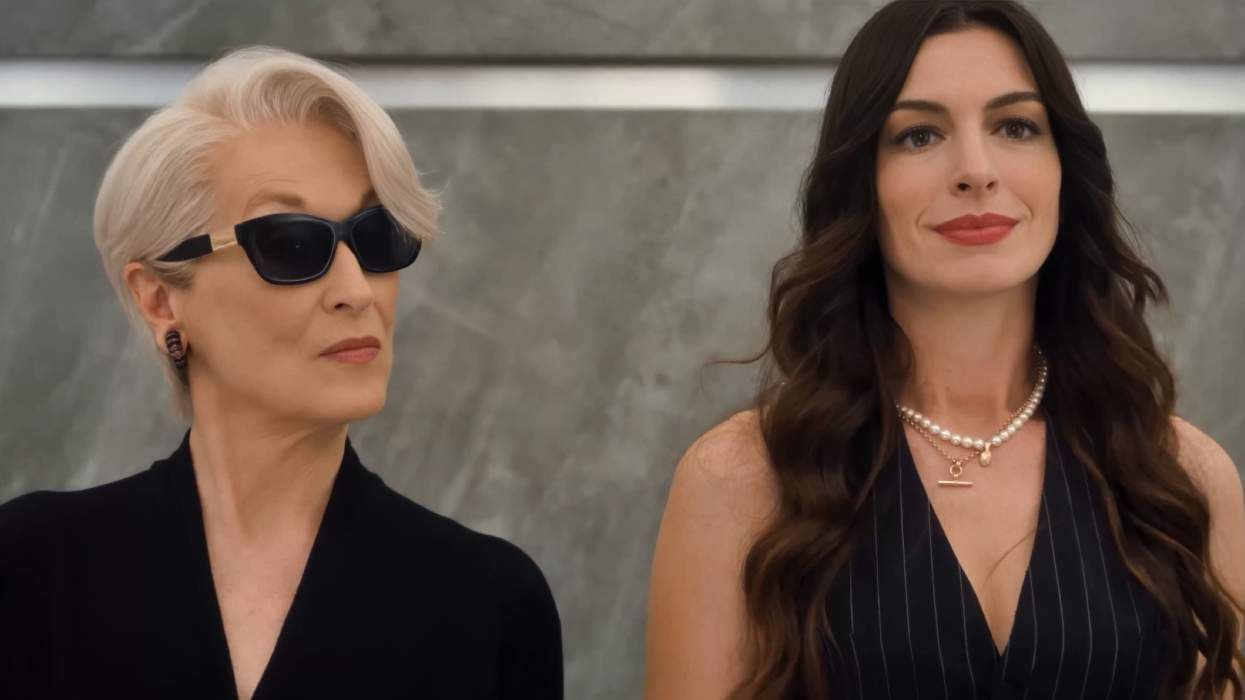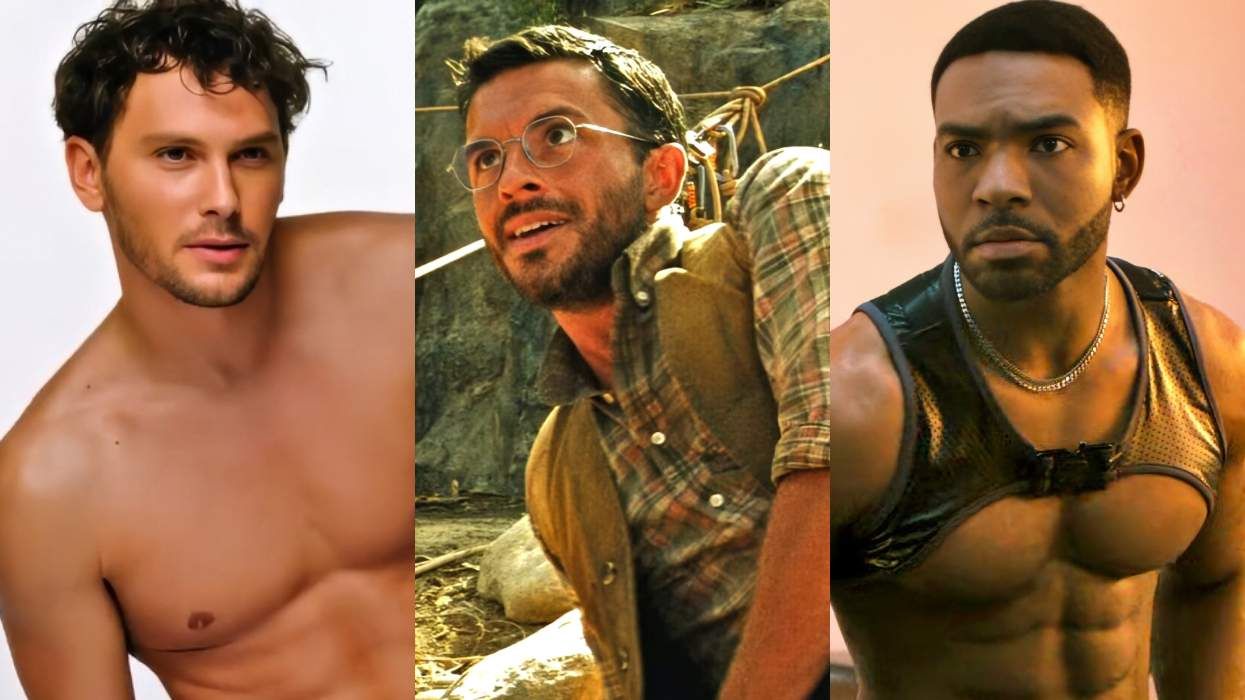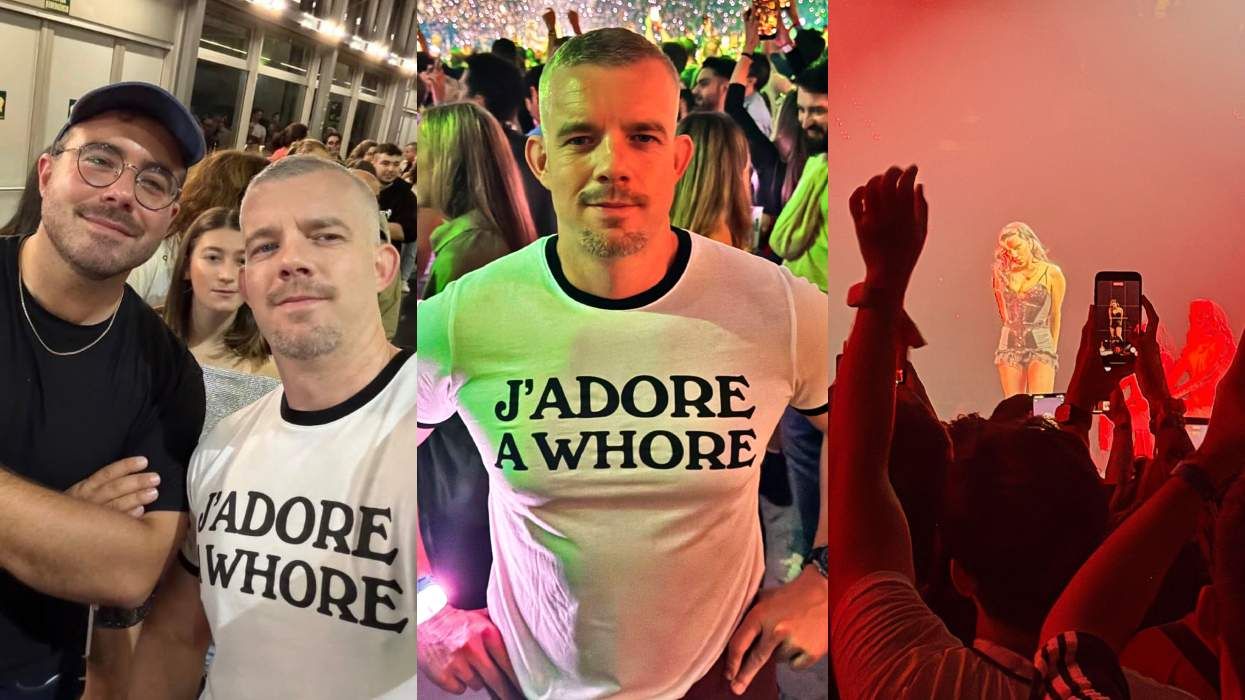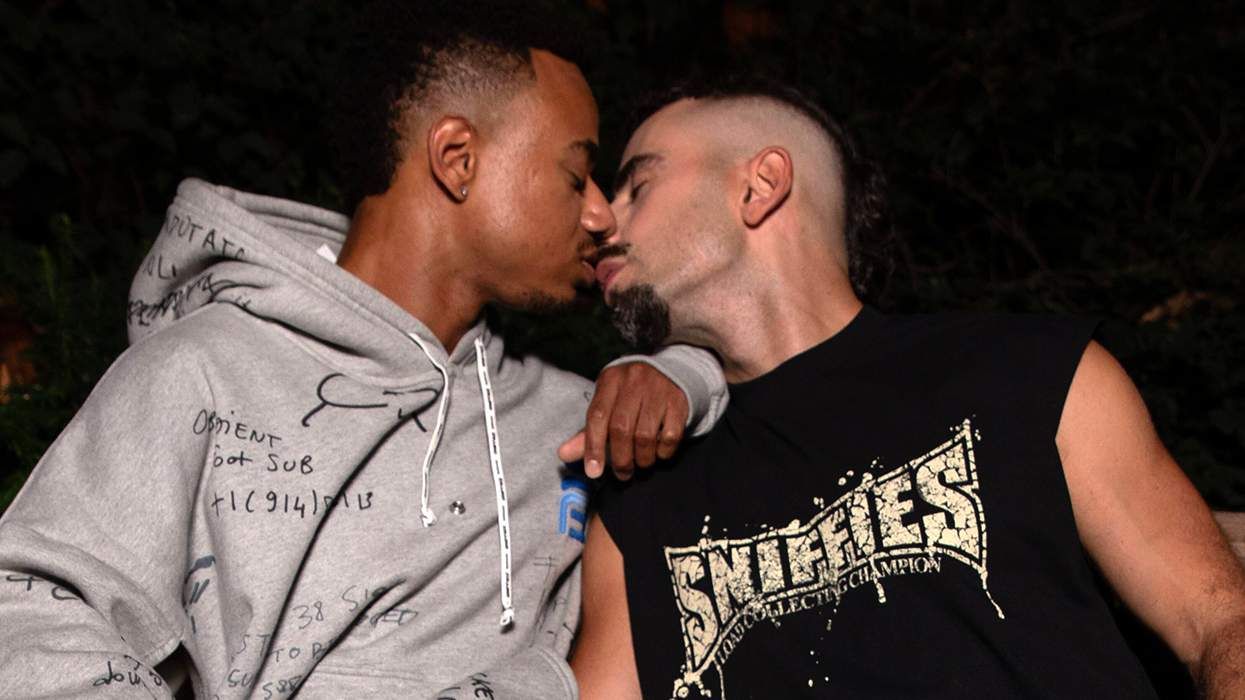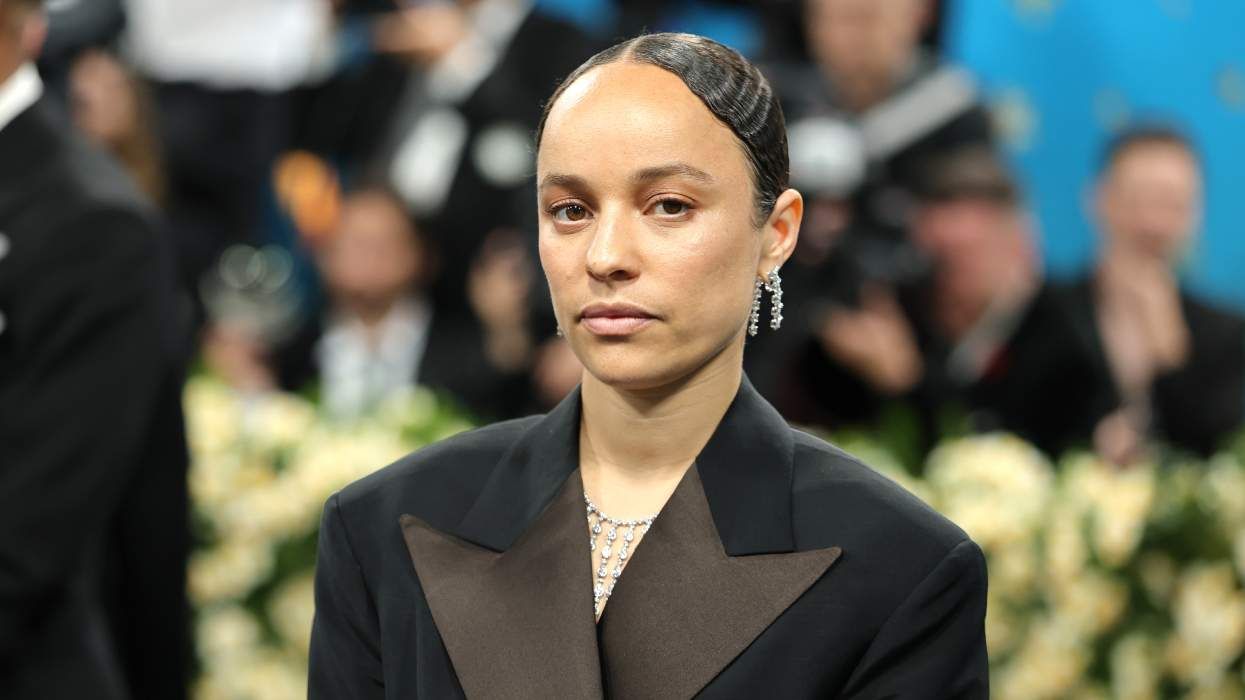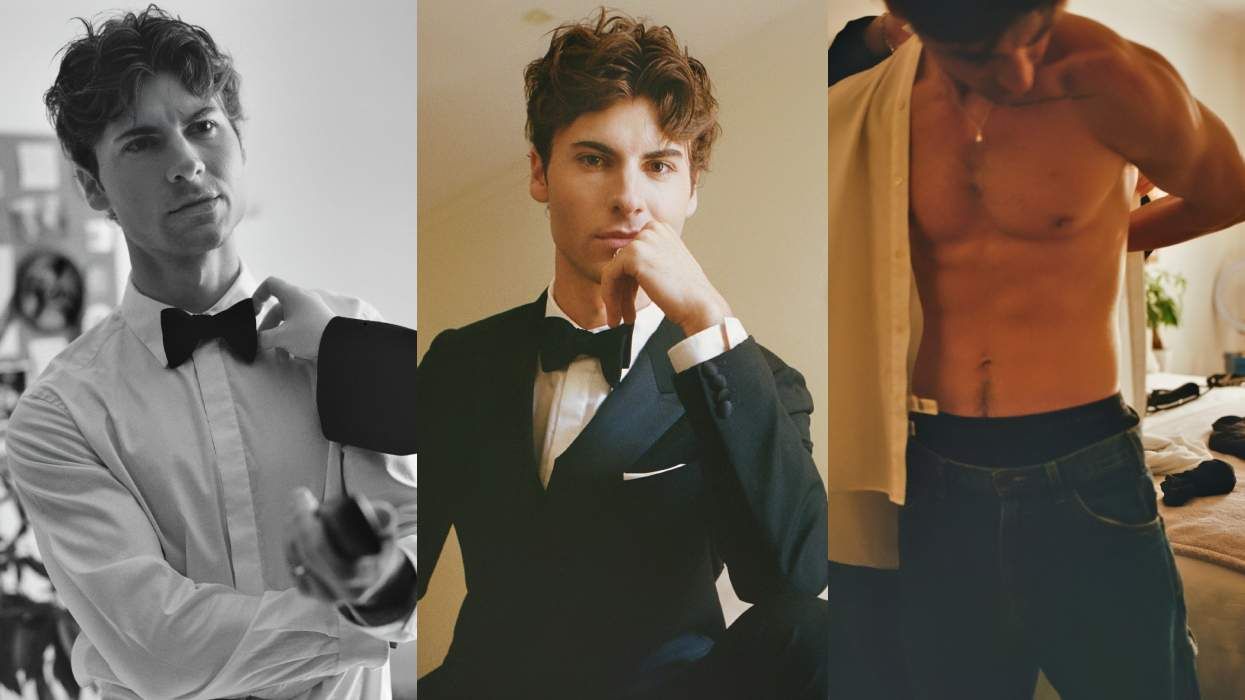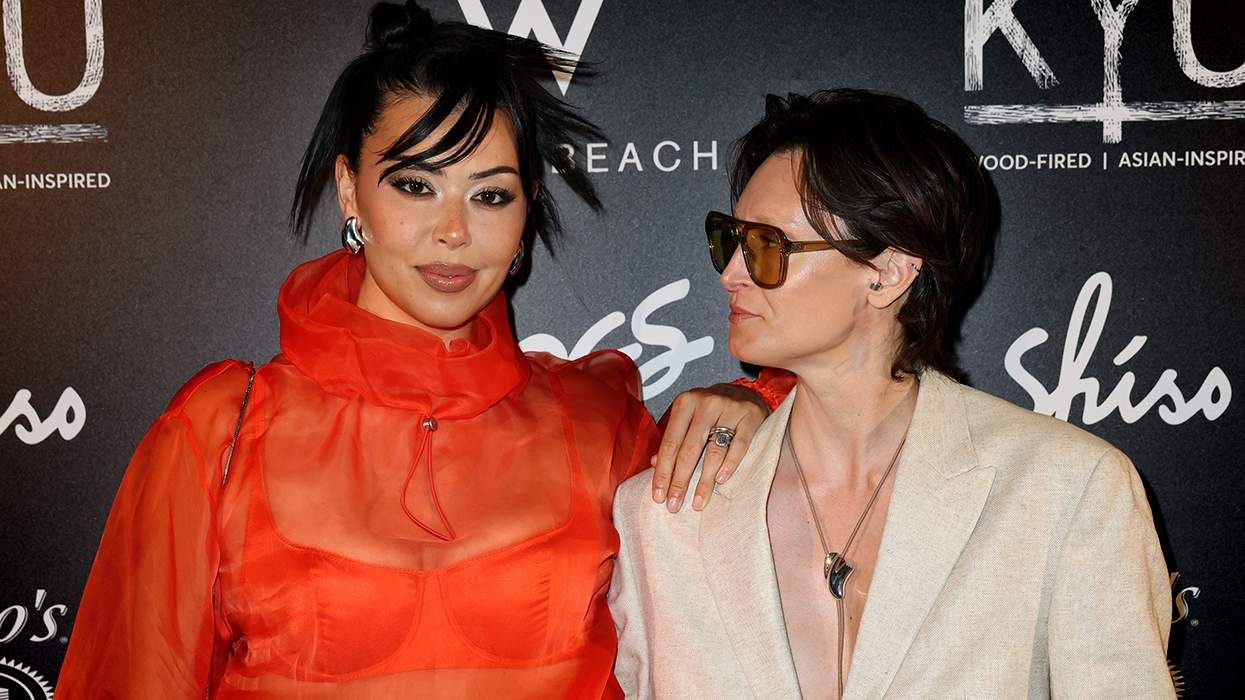Each year, the United States generates more than 15 million tons of used textile waste, which has doubled in the past 20 years alone. Despite the lifetime of cloth lasting approximately 3 years, the average American still throws away nearly 80 pounds of clothing per person--a jarring estimate that's helped rank fashion among the world's most environmentally damaging industries.
Rising designer Michael Laed is addressing these issues head on, with an independent, sustainable brand that negates America's fixation on fast fashion and fleeting trends. Nearly 100 percent of all textiles and clothing can be recycled, so Laed's work centers on producing zero waste, while championing design that values process as much as product.
Laed's work is rooted entirely in upcycling. First, the New York-based queer designer sources unwanted clothing from side streets or friends, and reimagines them as contemporary, one-of-a-kind garments. A recent Parsons graduate, the burgeoning talent has already been worn by nightlife tastemakers and pulled from for major pop stars, such as Lady Gaga.
His lookbook is a reflection of the fashion, replacing models with impersonators in tourist traps, like Times Square and Hollywood Boulevard. Much like these recognizable figures, who're briefly celebrated by passersby and eventually forgotton, the clothing Laed upcycles had a finite, unsung existence before he gave them new life. Cultural icons, like Batman and Mickey Mouse, are pictured holding Laed's work in an unsettling collision of American culture.
OUT recently caught up with the breakout designer to discuss his brand, mlaed, and learn more about the importance of adopting sustainable practices in fashion.
OUT: Where did you grow up?
Michael Laed: I was born and grew up in LA, and now I'm living in Brooklyn after finishing school at Parsons last year. I'm a first generation American; my father is Iranian and my mother is French. My parents are Jewish, and though I don't consider myself religious, I identify as Jewish, as well. The lives and cultures of my parents have greatly shaped who I am as a person and my artistry.
How did your interest in fashion develop?
My interest in design and fashion began at an early age. When I was a kid, I would design clothes for my Barbie dolls. I used to cut up old clothing and use whatever I could find to create the craziest outfits and then photograph the dolls with disposable cameras. Around age 12, I started taking sewing lessons in the back of a fabric store once a week. I continued making clothes, and in high school started doing my own photo shoots with friends. My process as a designer hasn't actually changed much since then--just larger in scale now. I'm still using found fabrics and recycled clothing to create my work. Now that I'm out of school, I've been working for Brooklyn-based potter Wynne Noble. I am also in the process of planning a fashion show fundraising event.
mlaed
What perspective are you bringing to fashion?
I would like to think that I am bringing nothing new to the fashion industry, or that my work doesn't directly speak to the fashion industry. I don't see myself acting consciously within the fashion industry, but I still recognize that I am a part of it. It is an industry so set in its ways of mass production and fast fashion that I prefer to think I'm speaking to all people, or the general population, rather than to an industry. I hope to bring the knowledge that there's no reason to be throwing away your clothes. I want to help people understand America throws an estimated 14.6 million tons of clothing [per] year and just how absurd that is. I hope to inspire people within and [outside] of the fashion industry that it isn't that hard to make something that looks unique and cool out of materials at hand.
How do you source your materials?
My process is something that is always changing as I learn more about the waste industry. Right now, it begins with collecting or gathering materials to use for my designs. Typically I strive to use clothing or fabric that is being disposed or otherwise will become garbage. I do work with select thrift stores, such as Out Of The Closet, in buying their deadstock. Other materials I incorporate in my designs are clothing or fabrics I have gathered from friends, stuff being thrown away, plastic bags labeled "free stuff," craigslist free section or clothing found on the streets of New York. Then I take the materials to be power cleaned at a few specific Laundromats to assure [they're] clean.
mlaed
What's the process for repurposing these materials?
Each piece must have at least three dramatic cuts or changes to ensure it's transformed from its original shape. I rarely sketch my ideas before--if anything I sketch when the piece is done. My next step is separating and grouping found garments into collections or specific groups that I have ideas for. After comes the pattern-making or reconstruction process. After tossing it on and off a mannequin or any friend who's around, I add finishing details, trims and closures--which, along with intimate lining, is the only thing I'll purchase new. Once the piece is complete, it is much like my Barbie design process from childhood: I sketch or dream up an environment the clothing could exist in, then I have someone wear the pieces so they can come to life or be photographed.
What inspires the work you do?
I am most inspired by human tendencies and the human condition in general; I am inspired by the rate the waste industry propels human's relationship with their clothing and personal style; I am inspired by the beautiful and powerful members of the LGBTQ community [and] the strong women in my life, like my mother and grandmother; I am also inspired by my mentors Pascale Gatzen and Timo Rissanen, whom both help me manifest these ideas and have taught me so much about being ecologically conscious.
mlaed
Why is upcycled clothing important to you?
What inspired this most is learning about the incredibly large impact the fashion industry has on the environment--coming to the sad conclusion that something I have always had been passionate about could be so harmful. When approaching sustainable fashion, there are many ways of creating and designing clothes. With that being said, there are two major models for being sustainable within the fashion industry: one is using sustainable or biodegradable resources when designing [and] the other is reusing resources and materials that have already been used. I have found that creating new materials, whether they are sustainable or not, often lead to more clothing waste. That is how I came upon reusing clothes in my process, because I felt it was not only the most effective, but told a story. It is just so gluttonous of us to wear something a few times and toss it without ever thinking of the original labor involved in making that garment, the amount of water used to dye that garment or the impact it has on the environment.
Is it possible to produce zero waste as a fashion designer?
I don't think it's possible to really produce zero waste, [but] I think the goal is to constantly be working towards that. I try to find clothes that have been thrown away to reuse, instead of creating or buying more materials. But even in my process, there are those I leave behind or can't use for sanitary reasons. If the item can be used, then I use every last scrap, thread and piece no matter how small. If the scraps from my designs do not fit into any creation, I use them to create small stuffed animals that can be used as pillows. However, there is still packaging and tags that I have yet to find a purpose for. I'm a bit of a hoarder with bags filled with scraps all over my work space, but I find something very gratifying in making stuff from junk. I tend to let bags of discarded clothing sit with me for a while, so I can get to know the pieces before I reuse them. It's kind of like when you take all your leftovers from meals you have made over the week, then you create a strange new meal with ingredients that would have probably been thrown away in regular circumstances.
mlaed
What's the concept of your lookbook?
It started with drawing similarities between the garments I was making and the people who display them in the lookbook. Places like Times Square and Hollywood Boulevard are both great examples of American consumerism. These weird characters that we know and love from major motion pictures circulate the boulevard for the pleasure of the tourists or the passersby. And upon those continuously changing groups of visitors and commuters, the only stagnant people are these anonymous human beings. I found that like the scraps of clothing I used there were [similarly] being overlooked or misused. In reality the people dressing up in these costumes are workers--people trying to make ends meat on the street by dressing up
How do you think you're queering fashion?
I hope to always learn new and effective ways of queering fashion and life. Despite designers' intentions I think that fashion can be as queer as one decides to make it. I think my personal process of cutting and resembling gendered clothing that have belonged to numerous strangers with different points of view and lifestyles is a way of queering fashion. Each garment feels like a manifestation and transformative collaboration between each of the found materials and their previous owners. If any member of the LGBTQ community feels more comfortable wearing an mlaed garment than their store-bought dress, I'll feel like I have successfully queered fashion.



